Stadler is celebrating after it has just sold its 2,500th FLIRT multiple unit, 20 years after the FLIRT range was first launched.
FLIRT stands for “Flinker Leichter Intercity- und Regional-Triebzug”, or in English, “fast, light, innovative intercity and regional train”.
The units have become international best-sellers, and are now in operation in 21 countries from the Arctic Circle to North Africa.
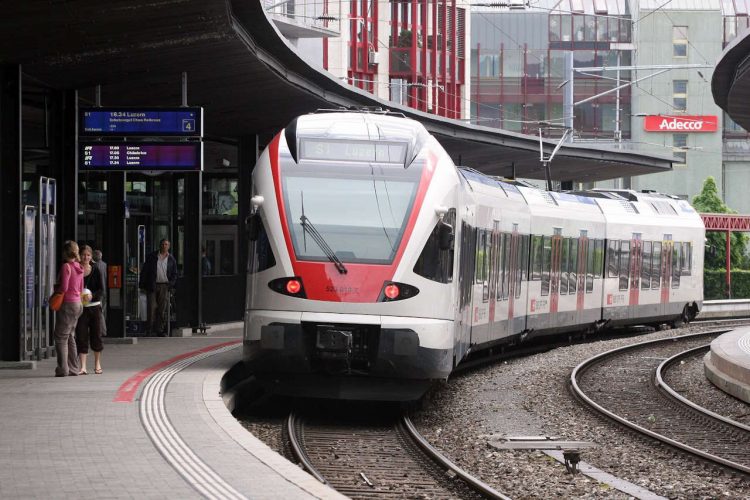
Stadler’s latest order for FLIRTs is for four FLIRT electric multiple units for the Italian region of Valle d’Aosta, which placed its first order for FLIRT trains in 2015. FLIRT stands for and has become one of the most popular and successful platforms for modern rail vehicles.
FLIRTs were originally designed as four-car articulated trains with two traction bogies at each end. The design allowed for a spacious low-floor interior along the whole length of the train and was first used in the Zug S-Bahn for Swiss Federal Railways (SBB).
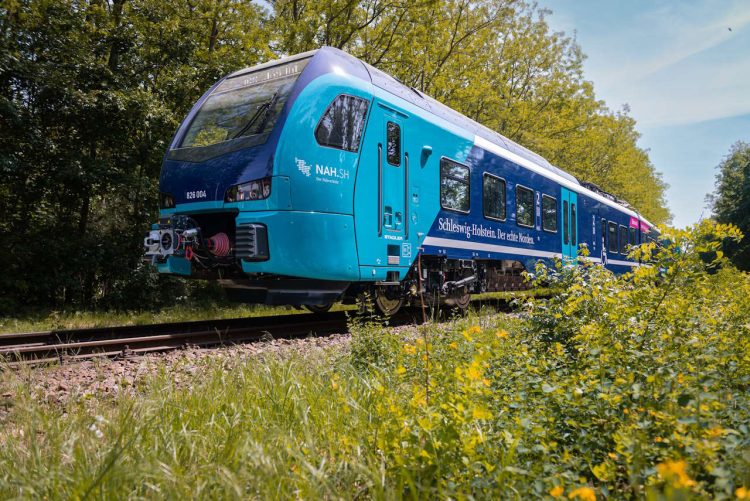
Outside Switzerland, Germany has the largest FLIRT fleet in service in Germany, with almost 500 vehicles in use by various operators for regional and regional express transport.
Another important is Norway, where 150 FLIRTs were ordered by the Norwegian state railway NSB for use on the Oslo suburban train network and intercity trains.
Last March the state-owned company Norske tog ordered up to 100 more FLIRTs. The FLIRT combines an intelligent, innovative design with tried-and-tested technology. It is also extremely versatile thanks to Stadler’s proven module concept.
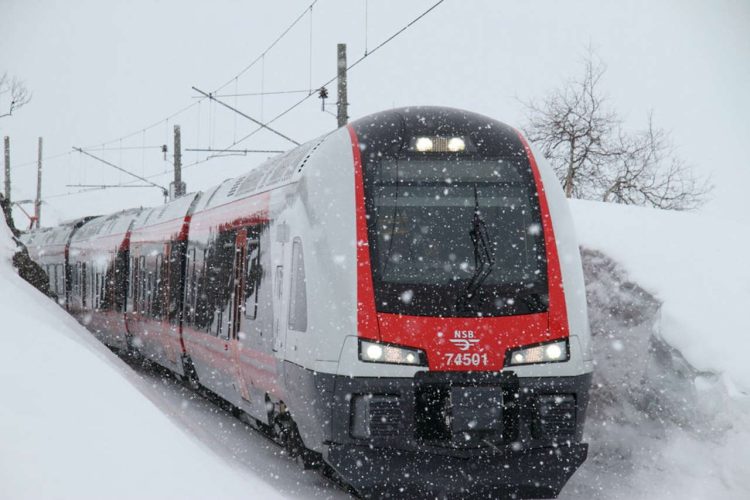
The FLIRT is a cost-effective response to urbanisation and the growing pressure in the transport market on account of its high-performance drive system, excellent acceleration and braking characteristics, ergonomic driving properties, comfortable interior design and functional modular set-up.
Over the last 20 years, a variety of drive technology options have been developed including full electric traction, hydrogen, battery, and diesel operation, or using hybrid solutions combining several of these technologies. The latest units incorporate Stadler’s in-house signalling solutions.
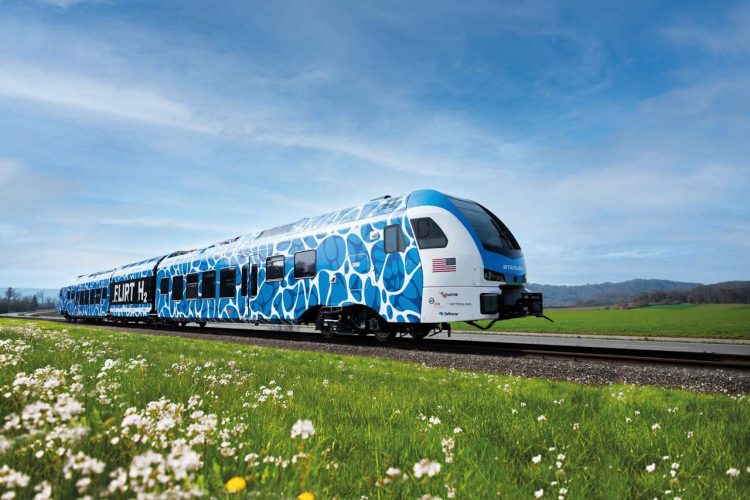
Orders for FLIRTs with alternative drives has come from Nahverkehrsverbund Schleswig-Holstein (NAH.SH), which has ordered 55 battery-powered FLIRT Akku trains, and 58 of the same type for DB Regio in Germany. Stadler is also developing a hydrogen-powered FLIRT for the San Bernardino County Transportation Authority (STAT) in the USA.
A Stadler FLIRT Akku model Stadler H currently holds the world record for the longest journey by a battery-powered train in battery-only mode.
Peter Spuhler, Executive Chairman of Stadler’s Board of Directors, said “When we launched the FLIRT, it was an extremely impressive concept. Being imitated by the major rail vehicle manufacturers was a welcome acknowledgement for Stadler – and a driver for further innovation.
“The success of the FLIRT is a credit to our dedicated team. We are constantly endeavouring to develop and improve the vehicle. The sale of the 2,500th FLIRT is a significant milestone for Stadler and demonstrates the outstanding quality and performance of our vehicles. We are proud that the FLIRT is appreciated by rail operators and customers worldwide, and that it is helping to make rail transport more efficient and more attractive.”


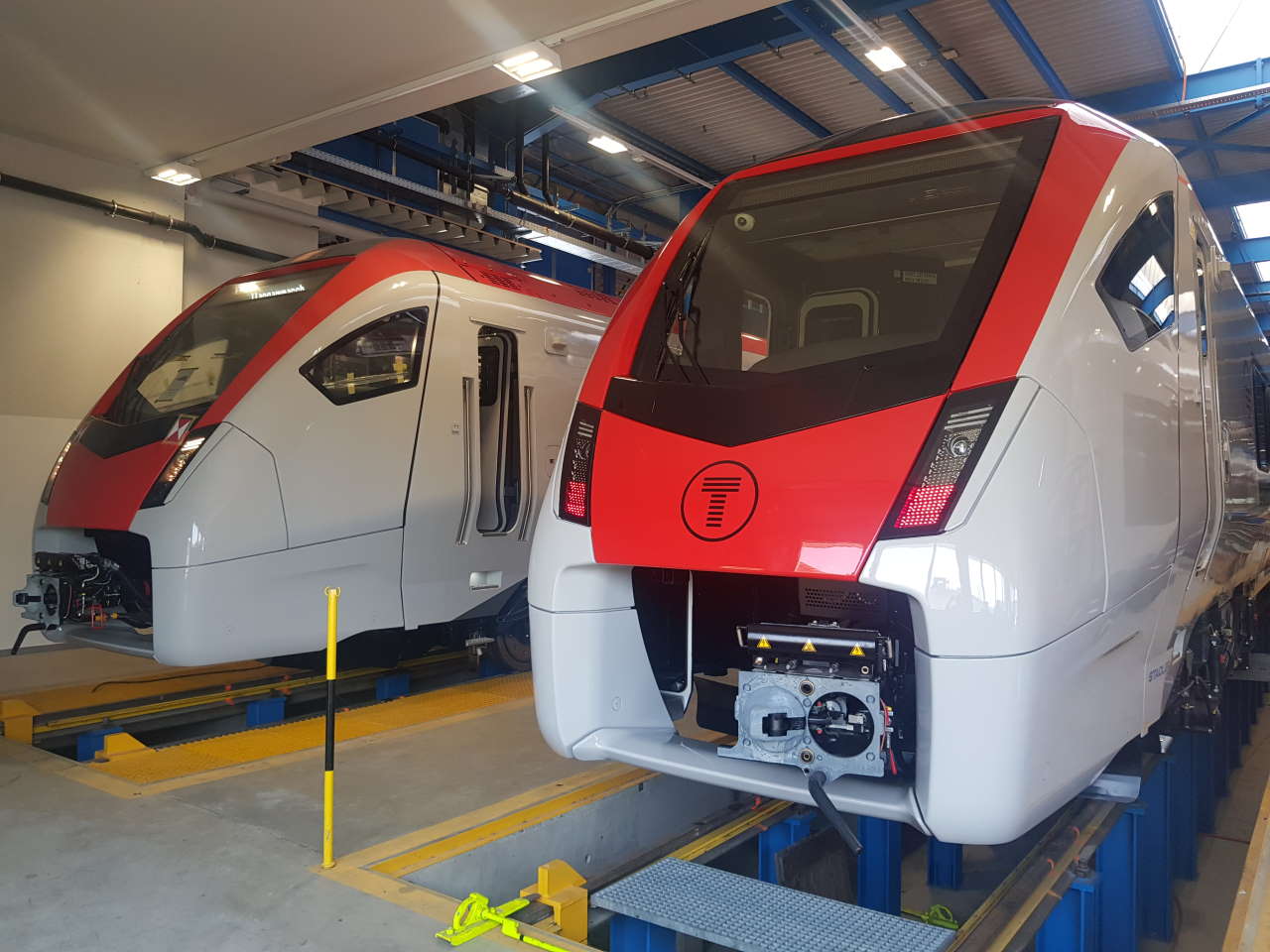



Responses
Stadler are a brilliant company and they deserve their success.
However Switzerland is a high wage economy and Stadler trainsets destined for Britain face a very expensive journey through the Channel Tunnel.
Britain was once the centre of the manufacture of railway rolling stock but now we have no major British owned manufacturer. Why not ?
I have been on the Greater Anglia Class 745 and Class 755 and they are very nice trains when they were first introduced in service some years ago. And the TfW Class 231 and Class 756 which are identical to the GA Class 745 & Class 755 are also very nice.
When they run ?Tfw riddled with cancelled,late trains.2 car units instead of 4,